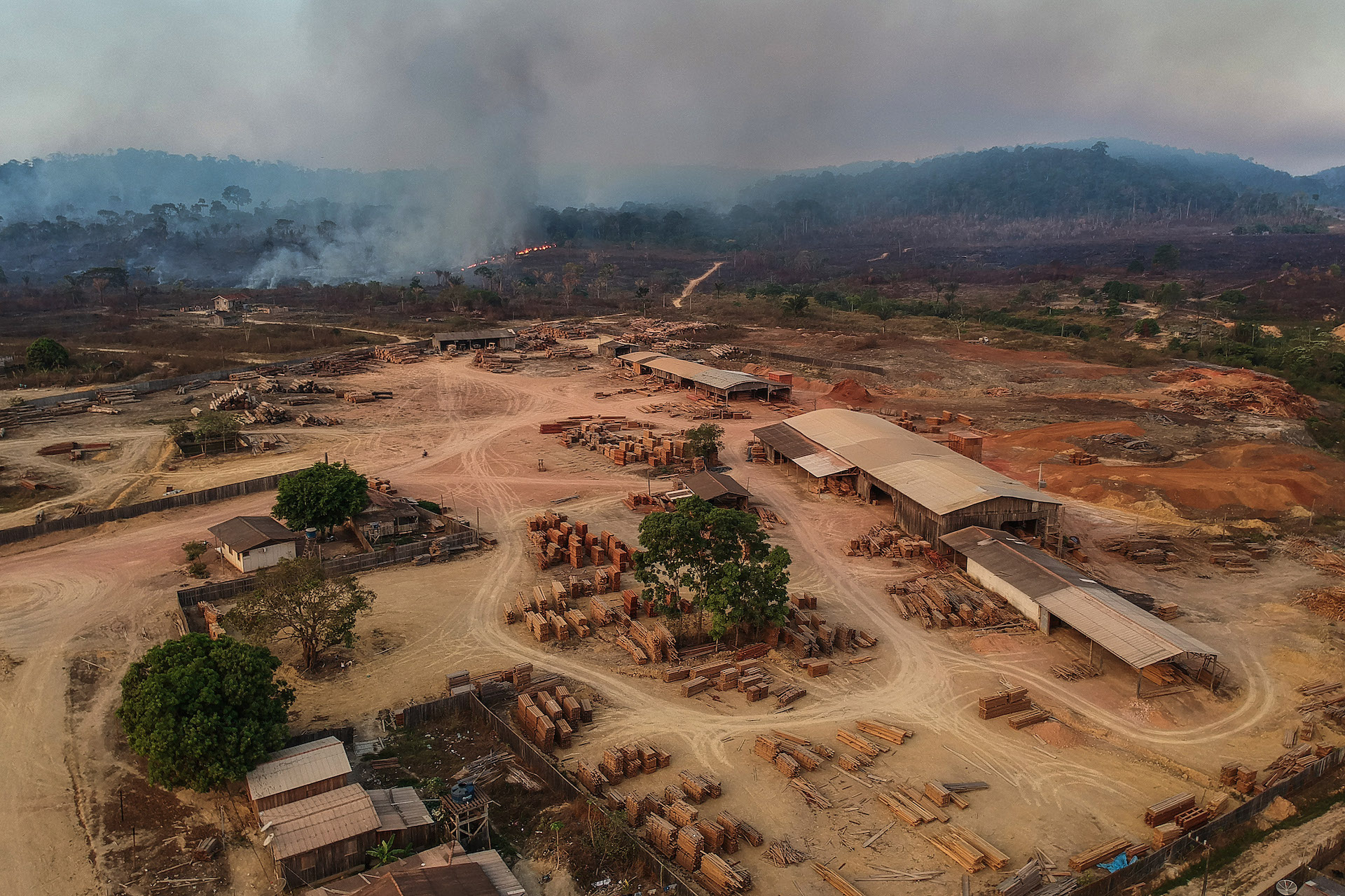The Amazon Lost an Area 12 Times the Size of NYC Last Year to Logging and Burning

Credit to Author: Alex Lubben| Date: Tue, 19 Nov 2019 19:38:44 +0000
An area 12 times the size of New York City — all five boroughs — has been lost to deforestation in the Amazon rainforest in a year, according to the Brazilian National Institute for Space Research.
That’s the fastest pace of deforestation in more than a decade — and provides the clearest indication to-date that the Amazon is being devastated under the leadership of Brazilian president Jair Bolsonaro.
The data, based on satellite images, reveal that about 3,750 square miles were deforested between August of 2018 and July of this year, mostly by illegal clearing and burning of the forest, a 29.5% increase over the area lost in the previous 12-month period.
Bolsonaro has been criticized for implementing policies that have encouraged illegal deforestation in the Amazon. He’s derided policies aimed at environmental protection as hampering economic growth in Brazil, advocating for industries like mining and agriculture to have more access to protected lands.
He’s weakened the government agencies, notably the Institute of the Environment and Renewable Natural Resources, known in Brazil as Ibama, which charged with protecting the Amazon. Bolsonaro, critics say, have starved the organization of the resources it needs to do its job, and it’s effectively turning a blind eye to illegal deforestation.
“The number released today is a direct consequence of Bolsonaro’s ‘chainsaw’ strategy, which consists in dismantling enforcement agencies, shelving deforestation control plans and empowering, through his speeches, environmental criminals,” the Climate Observatory, a Brazilian network of environmental advocacy organization said in a statement.
The government’s environmental minister told the press on Monday that illegal mining and logging was largely to blame, and said the government needed to do more to limit those activities. He didn’t offer a plan for how Brazil would go about doing that.
It’s the clearing of land, primarily for cattle grazing, that led to the enormous fires in the Amazon over the summer. The fires that blazed through the forest, observed and measured using satellite imagery, were largely controlled.
But we got lucky. This year wasn’t a drought year. Had it been, the fires might have burned much more widely.
“Deforestation was the root cause of the fires,” Matt Finer, a researcher at the Amazon Conservation Society who helped monitor the fires using satellite data, told VICE News. “We caught a break this year, because it wasn’t a drought year but if this happens again and it’s a drought year then we could all of a sudden get this double effect of the surrounding forest really lighting up and becoming that raging fire through Amazon rainforest.”
The Amazon is a huge buffer against global heating. It stores some 90 billion tons of carbon in its plant life. The U.S. emitted 5.6 billion metric tons of carbon in 2017. When the Amazon burns, it releases the carbon stored in its forests into the atmosphere.
Should runaway blazes overtake the Amazon, it could push the ecosystem beyond a tipping point from which it won’t be able to recover. Deforestation disturbs the regions rainfall patterns, and without rain, a rainforest isn’t a rainforest. It could turn into a savannah.
Experts say we’re not far from that point.
“It’s close,” Thomas Lovejoy, an environmental scientist and professor of biology at Yale University told the New York Times. “It’s really close.”
Cover: Aerial view of a sawmill in Moraes Almeida, a town along a section of the trans-Amazonian highyway in Itaituba, Para state, Brazil, on September 13, 2019. (Photo by NELSON ALMEIDA/AFP via Getty Images)
This article originally appeared on VICE US.